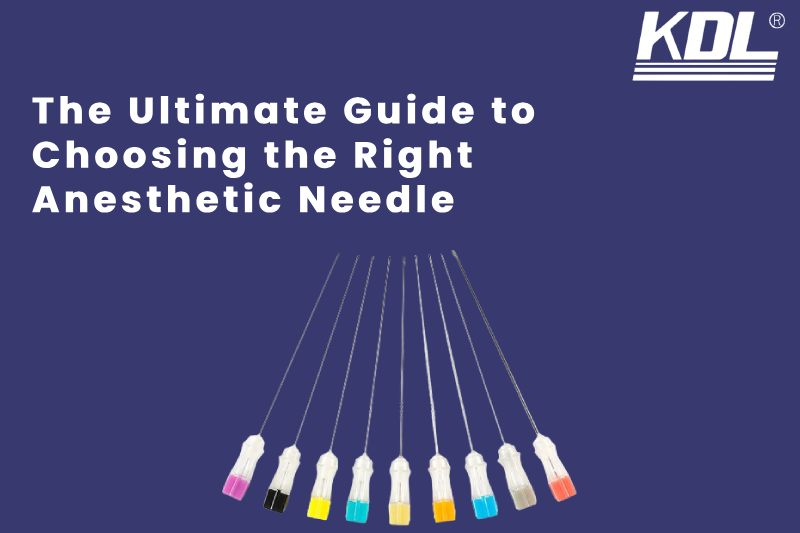
Anesthetic needles are a crucial tool in medical procedures that require numbing agents. Choosing the right anesthetic needle is essential for ensuring patient comfort, safety, and optimal results. With a wide range of options available in the market, it can be overwhelming to determine which needle is best suited for a specific medical procedure. In this guide, we will discuss the different types of anesthetic needles, factors to consider when choosing one, and tips for proper handling and disposal.
What is an Anesthetic Needle?
An anesthetic needle is a medical device used to administer local anesthesia to patients before surgical procedures or other medical treatments. It is a thin, hollow needle that delivers the anesthetic medication directly into the targeted area, numbing the nerves and reducing pain sensation. Anesthetic needles are commonly used in dental offices, hospitals, and outpatient clinics. They play a crucial role in ensuring patient comfort during medical procedures by providing effective pain relief.
Factors to Consider When Choosing an Anesthetic Needle
The following are the key factors to consider when selecting an anesthetic needle:
- Gauge of the needle: The smaller the gauge number, the larger the diameter of the needle. Thinner needles are useful for delicate areas, while larger gauges are more suitable for thicker skin.
- Length of the needle: The length of the needle is crucial for reaching the desired depth in injections. Longer needles are ideal for deep injections, while shorter needles are useful for shallow injections.
- Tip design of the needle: The shape of the needle tip can affect the amount and speed of the anesthetic delivery. Bevelled tips provide better control, while pencil point tips are suitable for delicate procedures.
- Cost: The cost of anesthetic needles can vary depending on the type, size, and brand. It is essential to consider the budget and balance it with the needle’s quality and purpose.
Common Uses of Anesthetic Needles
Anesthetic needles are primarily used in four types of anesthesia: local, regional, epidural, and spinal.
1. Local Anesthesia
Local anesthesia involves numbing a small, specific area of the body. Anesthetic needles for this purpose are usually short and fine, minimizing discomfort and providing precise delivery of the anesthetic.
2. Regional Anesthesia
Regional anesthesia blocks pain in a larger area of the body, such as a limb. Longer needles may be required to reach the appropriate nerves, and the choice of needle gauge will depend on the type of regional block being performed.
3. Epidural Anesthesia
Epidural anesthesia is commonly used during childbirth and certain surgeries to block pain in the lower body. This technique requires specialized needles that can safely and effectively reach the epidural space.
4. Spinal Anesthesia
Spinal anesthesia involves injecting anesthetic directly into the cerebrospinal fluid, providing rapid and profound anesthesia. The needles used for this procedure are fine and long, designed to navigate the spinal structures safely.
Tips for Proper Needle Handling and Disposal
Anesthetic needles should be handled and disposed of with care to prevent accidents and infections. Always use a new needle for each injection and avoid reusing or sharing needles. After use, dispose of the needle in a sharps container and seal it tightly, then dispose of it according to your local regulations.
Risks and Precautions
While anesthetic needles are generally safe, they do carry some risks, such as bruising, bleeding, and infection. It is crucial to follow proper hygiene practices and monitor the patient for any adverse reactions. If you are administering anesthetic injections, make sure to have all necessary equipment and training to avoid any complications.
Conclusion
Choosing the right anesthetic needle is crucial for ensuring patient comfort and safety. Consider factors such as gauge, length, tip design, and cost when selecting a needle for a specific procedure. Proper handling and disposal of needles are essential to prevent accidents and infections. Always follow recommended practices and monitor patients for any adverse reactions. By understanding the different types of anesthetic needles and their uses, you can make informed decisions for optimal patient care.
 +86-791-8686-1216
+86-791-8686-1216 

